“Forth now, and fear no darkness!”
Théoden in J.R.R. Tolkien’s “The Return of the King“
The first film Leica I acquired many years ago was an M3. It was made in 1955 and is a “DS” or Double Stroke model — which means you must flick the film advance lever twice to reset the shutter and move the film to the next frame. It also has a little self timer mechanism, a cute masterpiece of purring clockwork.
I mention that this camera is fully mechanical only for the benefit of readers who are not so familiar with analogue Leicas. Fully mechanical indicates, naturally, that there is no light meter. All components of the camera are made from first-rate materials, resistant to wear, reliable.
A shutter made from cloth, allowing up to a 1/1000s exposure, is combined with the then newly developed rangefinder-viewfinder combination that even now is the best there has ever been. Prior to the M3, Leica had used twin windows, one for finding the range and one for composing the picture. The M3 combined the two.
The M3 is a legend. For many Leica enthusiasts it counts as the best camera of all time. That might be disputed by the Nikon, Canon, Fuji, Rollei or Hasselblad fraternity, but we are all agreed on one thing: The M3 made history. It was industrial history as well as world history and this was fully documented in the 20 years following the introduction of the M3.
Largely because of the legendary reliability, which I touched on above, the M3 was soon the standard tool for almost all photo journalists. It was dragged through the mire of every crisis and war zone of the 60s and 70s.
When I got my M3 early in 2012 it had probably spent quite a time in storage. Despite this, the camera operated without problem. The very first roll of Kodak T Max emerged without a hint of a wrong exposure.
I used the camera from time to time, again without any hint of a problem. The last occasion at the premiere of Dance of the Vampires.
Later, I came to prefer the M2, especially because I was able to use 35mm lenses without the extra “specs” for the rangefinder (the M3 is optimised for 50mm and doesn’t have framelines for 35mm). Indeed after I’d had the M2 overhauled at the factory it did become my firm favourite for a time. Then, after collector’s lust had set in, I was prompted into acquiring first an M4 and then an M6. After all that, the M3 was more or less written off as a working tool.

Nevertheless, I was occasionally moved to fondle the neglected M3. One day I noticed that the finder window had become yellowed and this set me to wondering. That and the rather dry vulcanite of the body covering persuaded me that an overhaul was necessary. During the years the finder window had become progressively darker and the original rangefinder had been irreparably damaged. You could say that the venerable optic was suffering from a bad case of cataracts.
As it turned out, the rangefinder did have a serious problem. It was the usual one of oxidisation of the adhesive material holding the prisms together — the factory calls this “Kittschaden” which literally means adhesive damage. Wetzlar Customer Care told me helpfully that parts were no longer available, but suggested that the finder from an M6 TTL could be grafted into the body. Reluctantly, I gave my assent to what some would describe as an act of vandalism.

A genuine collector might well have decided otherwise, in order to preserve the camera in original condition. But that didn’t bother me. The M3 had functioned without complaint for 62 years and, with a new rangefinder, it would continue for as long again rather than ending its working life sitting in some display cabinet. I was tempted to say that it would be gathering dust, but that’s why we have display cabinets.
Although I admit to having a mild case of collector passion, I also lay great store by ensuring that my cameras function flawlessly. In this case, the necessary exchange of the rangefinder became acceptable in the overall objective of continuing to use the camera. Finally, I could look forward to being able to use the camera with 35mm lenses without a second thought. The new rangefinder has a magnification of 0.85 (compared with the 0.73 of the M10) and five framelines — 35, 50, 75, 90 and 135mm. The added options of 35 and 75mm certainly improve the versatility of this first-of-a-kind camera.

The old girl arrived back just before before our holiday in Sylt in November — I had sent her off for repair in August. It was just at the time that I was in full medium-format fever and had started using Fuji’s “Texas Leica”. So both cameras made the journey to North Friesland and the island. This time, though, there was a difference because I no longer had to worry about the performance of the rejuvenated M3. With the Fuji GW 690 it was a different matter, something of an adventure. The M3 turned out to be my main camera for the vacation, simply because I was “just testing” the Fuji.
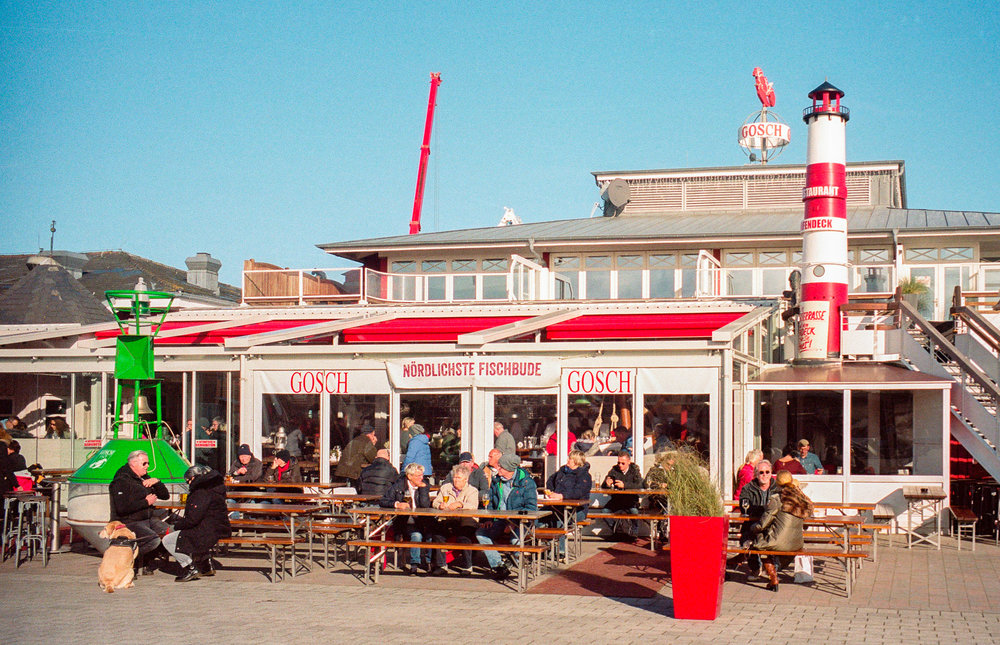
This year clearly has signalled the fruition of my development (pun intended) as an analogue camera user. In contrast, 2016 was the year of the Q. In 2017 I realise that I have probably not shot so much film since 1998. It started in the Spring with the M2 (for instance at the wedding); the Summer with the M3 at Lake Garda and in France; in the Autumn with the M6 in Scotland. I will add links to your articles here And now Sylt.
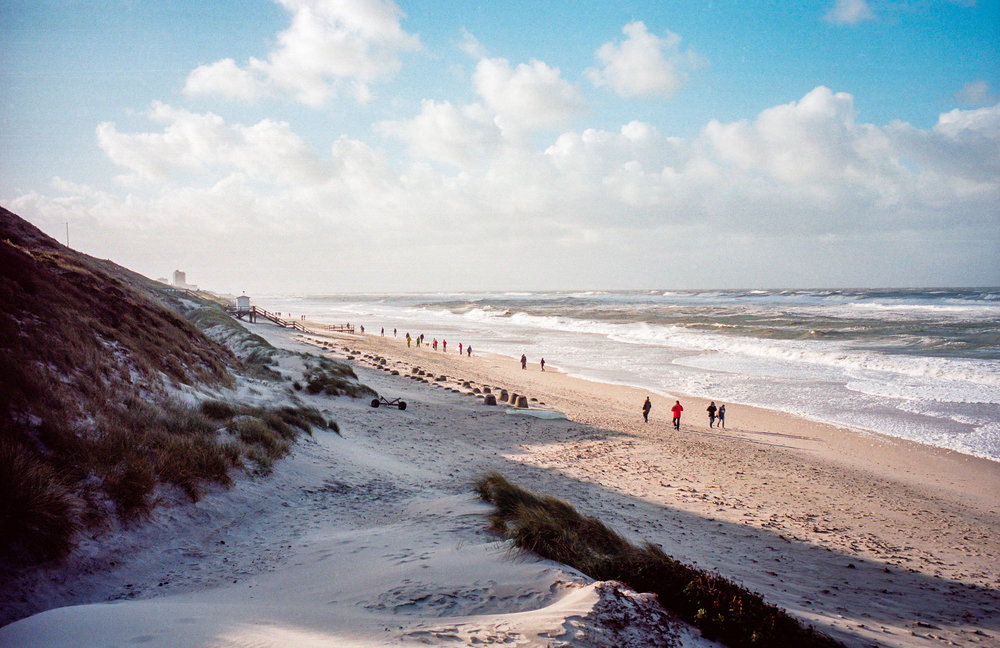
But no, I will emphasise once again. This is no renunciation of digital. For a more comfortable experience, I naturally gravitate to the M10 or to the Q, both the best digital cameras that I could ever imagine. But for me, the M3 is again my best friend in the analogue world. The king has returned. The Rückkehr des Königs as we say here in Vlotho.
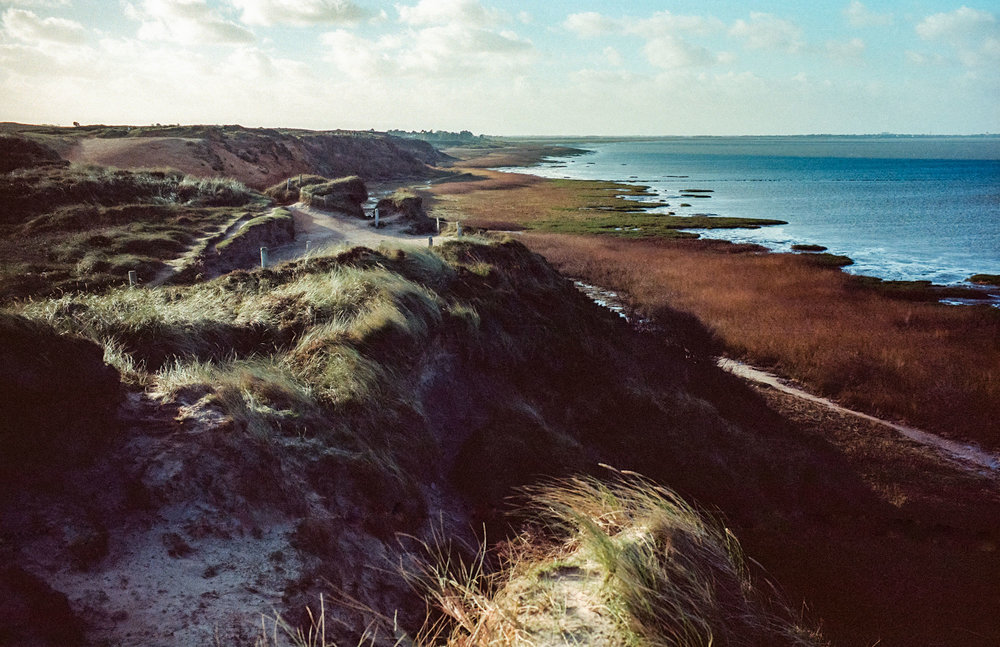
Translated (fairly freely) from the German by Mike Evans
You can find the original of this article at Messsucherwelt.com
________________

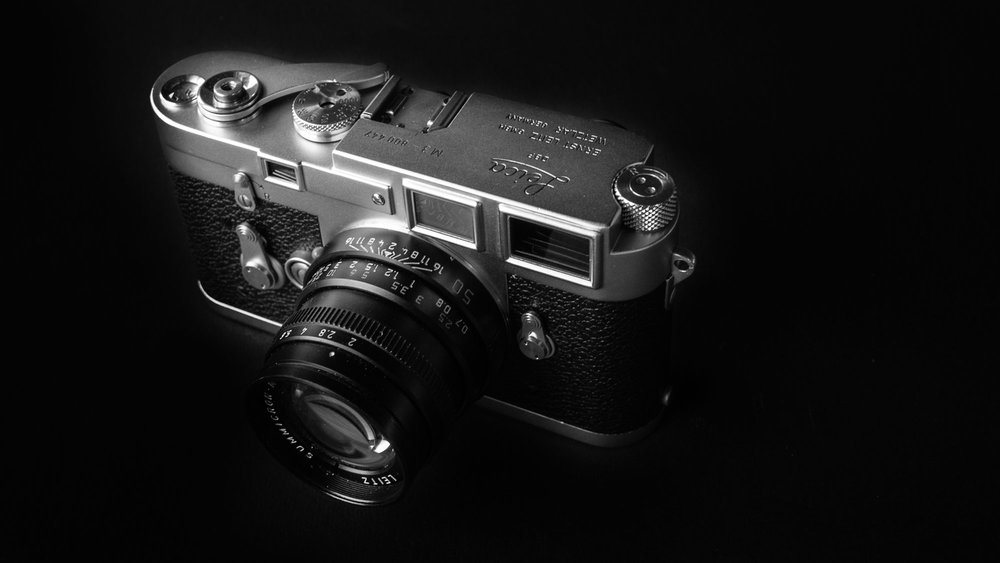
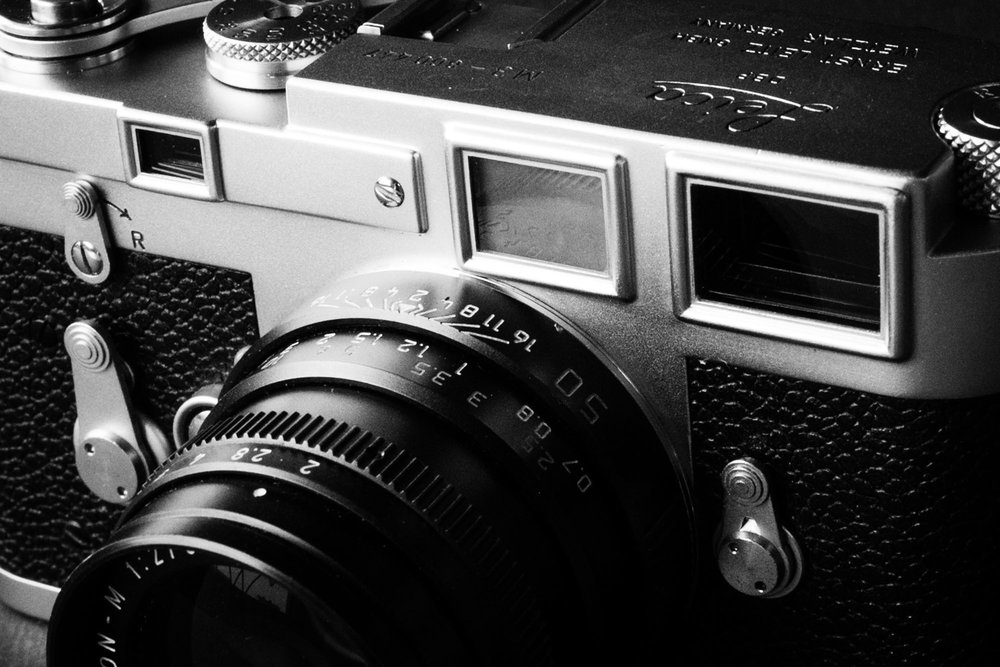
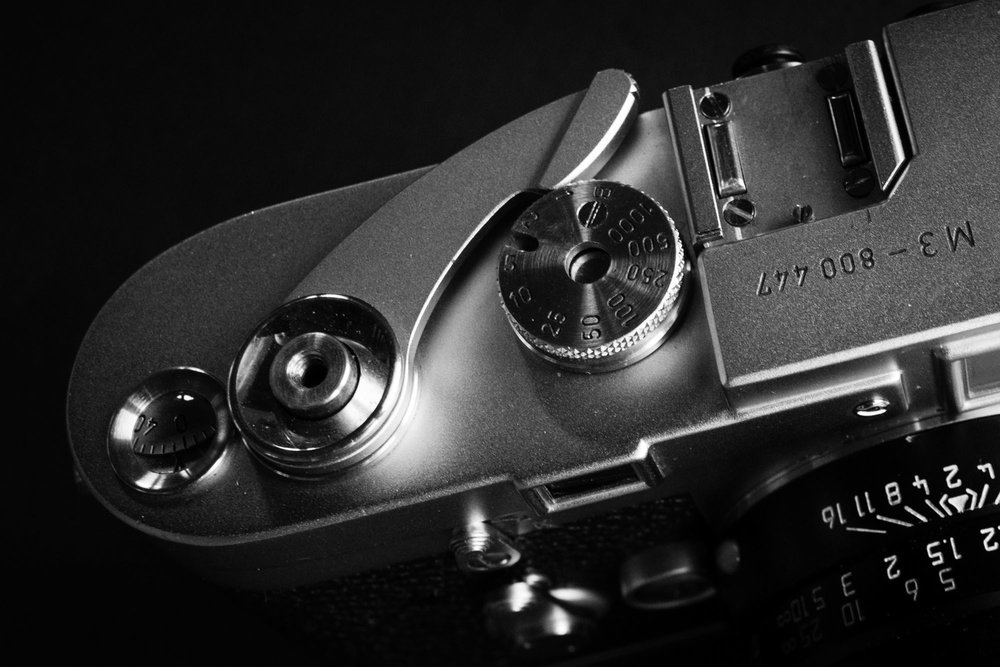
I am delighted to read that you have had your beloved M3 rejuvenated.
You have invested in it, and your investment will produce dividends.
I bought a very worn double stroke M3, made in 1955, after receiving a legacy in 2007. I carefully researched the models, M2 et al, and decided that with a spectacles 35mm f2.8, I’d have the ability to use four lenses. Of course I later bought a second body so that if my first M3 packed up, I would not be left with four lenses and no body. I got a single stroke from 1960. The spectacles do dim the viewfinder somewhat and I later bought another 35mm and the SBLOO viewfinder. I have now been given a 50mm f2 Jupiter 8 lens from a defunct Zorki. With an adapter it goes on the first M3 and I keep this in my car together with a few rolls of Ilford FP4 and a Weston Master V.
Good to hear your story, David. The M3 has alway been special and it is still in demand. I’m sure your purchases have paid dividends already.
Thank you all for your kind comments and understanding. I really had some qualms about putting in the new rangefinder, and it was a relief that especially William as a renown collector supported the decision.
I sincerely hope that someone else will put the camera to good use after me.
Well, that sounds a bit gloomy, but isn’t it a fact that Leica gear is made for generations?
Claus
Great article and nice images too! In an increasingly disposable society there is something very satisfying in still being able to use a camera that is more than 50 years old and yet still deliver images that are as visually effective as anything today.
JRRT also had sage advise for people like me who have never experienced film "DO NOT MEDDLE IN THE AFFAIRS OF WIZARDS!" You sir are a Wizard with your M3.
Lovely photos, Claus. Portra 160 is currently my favourite film. The M3 is the best Leica M ever, film or digital. I have two of them, a double stroke from 1955, slightly earlier than yours, and a single stroke from 1964. I have all of the film Ms, with the exception of the 6TTL and, while they are all very good, none of them reach the same heights as the M3. I also have a large number of LTM models, particularly my two favourites, the I Model A and II Model D, of which I have multiple copies, with different variations.
The M3 is a superbly made camera and the best part of it is the large magnification and long base rangefinder. Using it is an absolute pleasure and this is not just a collector point. Leica never managed to match the rangefinder/viewfinder in the M3 again with film or digital cameras. Unfortunately, the M3 used a type of balsam (Canadian?) which deteriorated with age and rangefinder/viewfinder repairs are difficult. You were right to get the viewfinder repaired to keep a wonderful camera on the road. As for 35mm, I have the 35mm f.8 Summaron with googles, but I prefer to use the non goggled version of the same lens with the wonderful Leica SBLOO finder.
Your M3 will still be on the road as long as there are people around to service it and I am sure it will out-live all of the current digital models from Leica and other manufacturers.
William
I enjoyed the fascinatingly atmospheric shots of Sylt which I still hope to visit (from Denmark) one day. And your analogue story in M-land isvery interesting – also for the comparison of the different M models. Thanks for putting it together for us. Weiterhin viel Freude mit dem M3!
Thank you, Klaus. I started with an M6 and the standard 0.72 magnification, but for me the M3’s 0.91 magnification is Leica Heaven (50mm is my preferred focal length, which is great on the M3). My early 2018 New Year’s resolution? To put some film through the M3, which has spent most of 2017 in a drawer.
Thanks Claus, some excellent piccies.
The difference between digital and analogue is NOT Nik/RNI/Hipsterwhatever, in my view the difference is not possible to emulate, which is why we need both mediums.
Having owned an M2, M5 and M6, of which I liked the results from my M5, but could not get along with some of its quirks, I have now acquired an ancient Nikon S2 with its excellent f1:1.4 (Sonnar design) lens, which feels very comfortable in the hands, despite its quirky mechanisms.
There is also a completely different, more dedicated mindset required with the fully manual machine.
Sooner or later I expect to acquire another manual M though, M lenses are a bit different on the new CL, but not quite the same as when sitting in front of those cloth curtains.